-
Delving Into Fine Art Photography
Within the expansive realm of photography lies a genre that transcends mere documentation and delves into the depths of artistic expression. This genre, known as fine art photography, is a captivating blend of technical skill, creative vision, and emotional depth. In this article, we embark on a journey to unravel the intricacies of fine art photography, exploring its defining characteristics, the essence of fine art photos, the individuals behind the lens, and the elements that contribute to its profound impact.What is Fine Art Photography?
Fine art photography is a form of visual expression that emphasizes aesthetic beauty, emotional resonance, and conceptual depth. Unlike commercial or documentary photography, which often seeks to convey factual information or promote products, fine art photography is driven by the artist's subjective interpretation of the world. It encompasses a diverse range of styles, techniques, and subjects, allowing photographers to freely explore their creativity.What Makes a Photo a Fine Art Photo?
At its core, a fine art photo is characterized by its ability to evoke emotion, provoke thought, and stimulate the viewer's imagination. While technical proficiency is important, what truly sets fine art photography apart is its capacity to transcend the ordinary and offer a unique perspective on the world. Whether through composition, lighting, or subject matter, fine art photos invite viewers to engage with the image on a deeper level, prompting introspection and contemplation.What is a Fine Art Photographer?
Fine art photographers are the visionaries behind these captivating images. They possess a keen eye for detail, an innate sense of composition, and a boundless imagination. Unlike commercial photographers who may work within specific parameters, fine art photographers have the freedom to explore their personal interests and experiment with various techniques to convey their artistic vision. They are storytellers, using light, shadow, color, and form to create visual narratives that resonate with audiences on an emotional level.What is Considered Fine Art Photography?
The term "fine art photography" encompasses a broad spectrum of styles and approaches. From minimalist landscapes to abstract compositions, fine art photographers draw inspiration from diverse sources, ranging from nature and architecture to human emotions and societal issues. What unites these disparate works is their ability to transcend the confines of reality and offer a glimpse into the artist's unique perspective. Whether capturing fleeting moments of beauty or exploring complex themes, fine art photography challenges conventions and invites viewers to see the world through a different lens.Elements of Fine Art Photography
Several key elements contribute to the success of a fine art photograph: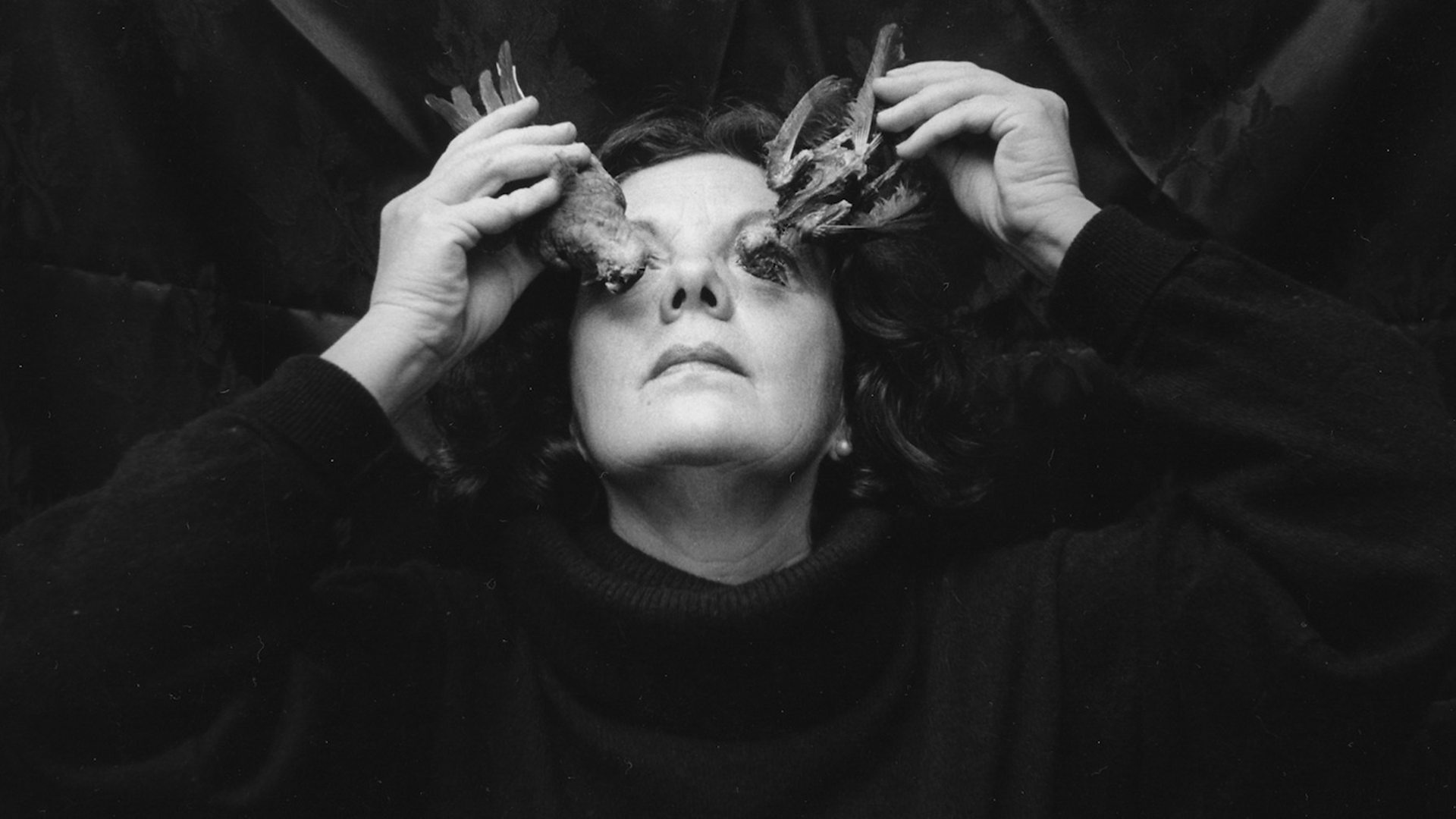 Composition: The arrangement of elements within the frame plays a crucial role in determining the visual impact of a photograph. Fine art photographers carefully consider factors such as balance, symmetry, and leading lines to create harmonious compositions that draw the viewer's eye.
Composition: The arrangement of elements within the frame plays a crucial role in determining the visual impact of a photograph. Fine art photographers carefully consider factors such as balance, symmetry, and leading lines to create harmonious compositions that draw the viewer's eye.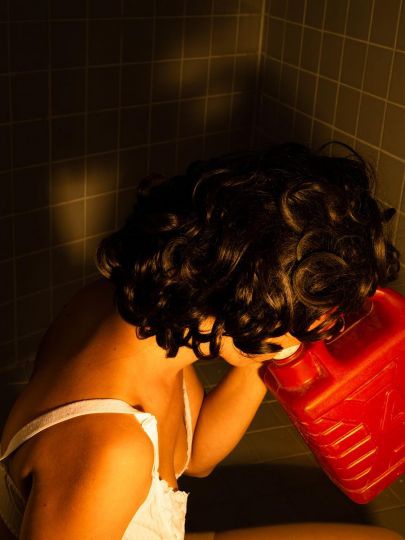 Lighting: Light is the lifeblood of photography, and in fine art photography, it is used to dramatic effect. Whether soft and diffused or bold and directional, lighting sets the mood and adds dimension to the image, enhancing its emotional resonance.
Lighting: Light is the lifeblood of photography, and in fine art photography, it is used to dramatic effect. Whether soft and diffused or bold and directional, lighting sets the mood and adds dimension to the image, enhancing its emotional resonance.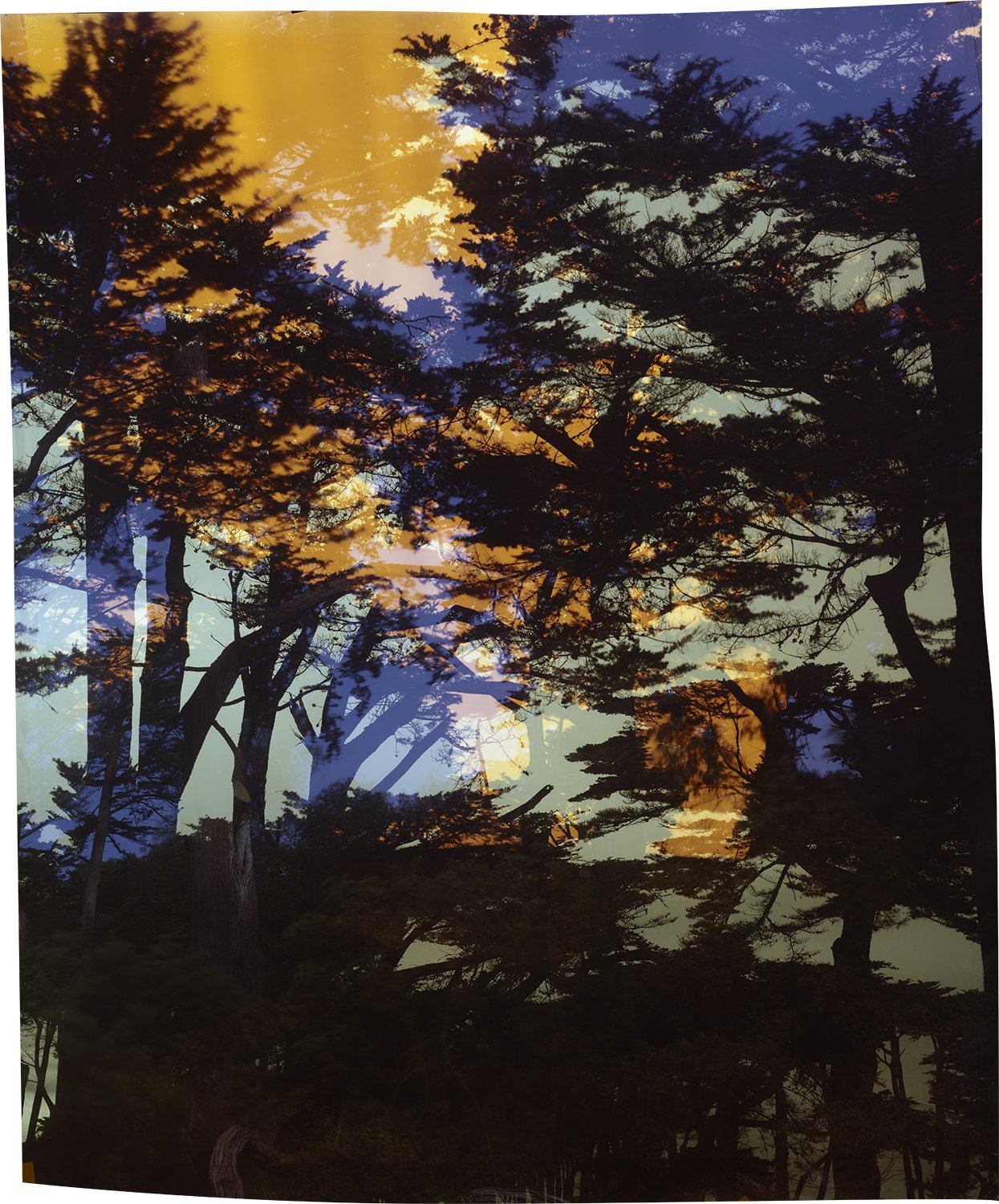 Color: The choice of color palette can profoundly influence the mood and atmosphere of a photograph. Fine art photographers often use color creatively, whether to evoke nostalgia, convey warmth, or create a sense of unease.
Color: The choice of color palette can profoundly influence the mood and atmosphere of a photograph. Fine art photographers often use color creatively, whether to evoke nostalgia, convey warmth, or create a sense of unease.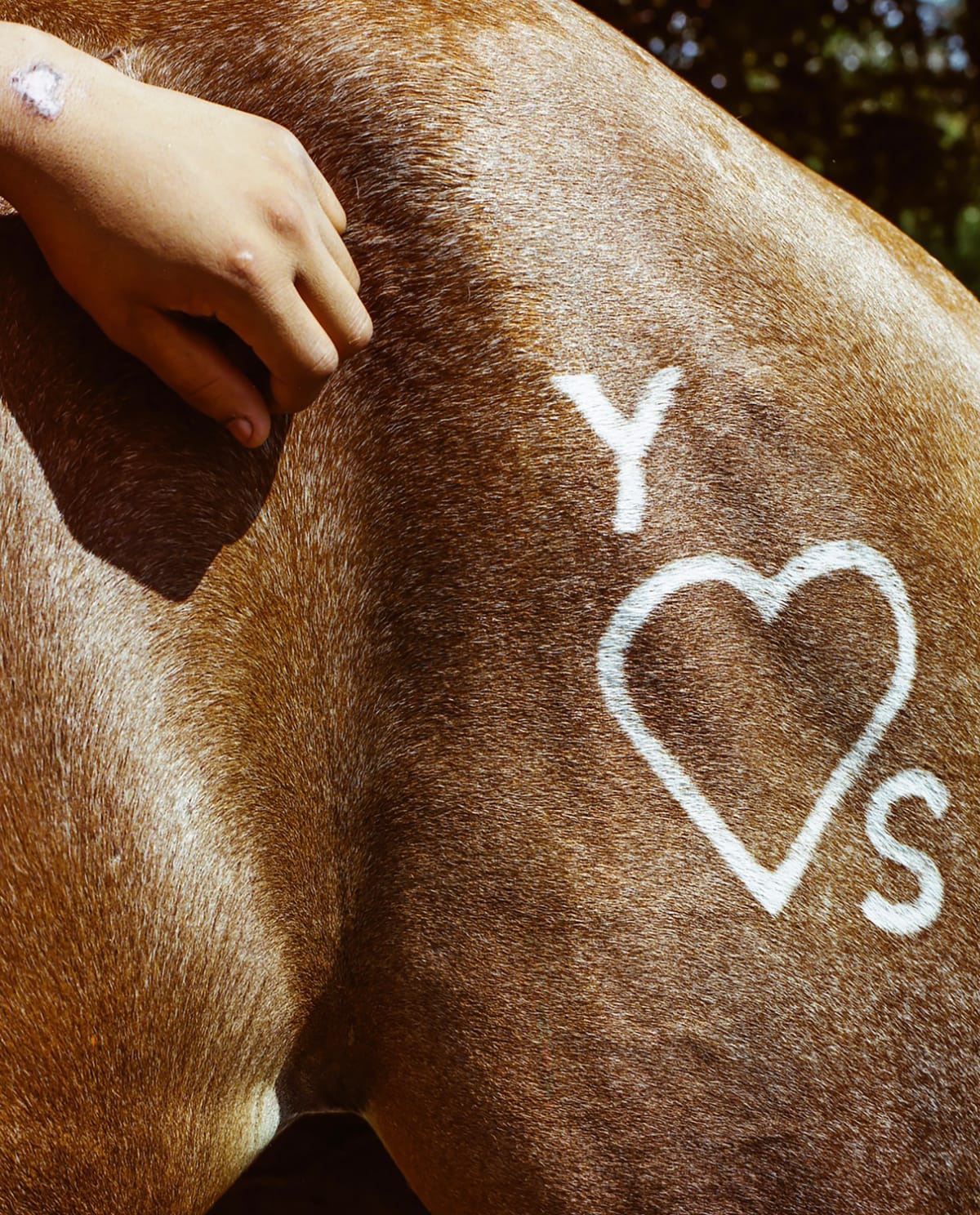 Texture and Detail: Fine art photography celebrates the beauty of texture and detail, inviting viewers to explore the image up close. Whether capturing the weathered surface of a crumbling wall or the delicate petals of a flower, attention to texture adds depth and tactile quality to the photograph.
Texture and Detail: Fine art photography celebrates the beauty of texture and detail, inviting viewers to explore the image up close. Whether capturing the weathered surface of a crumbling wall or the delicate petals of a flower, attention to texture adds depth and tactile quality to the photograph.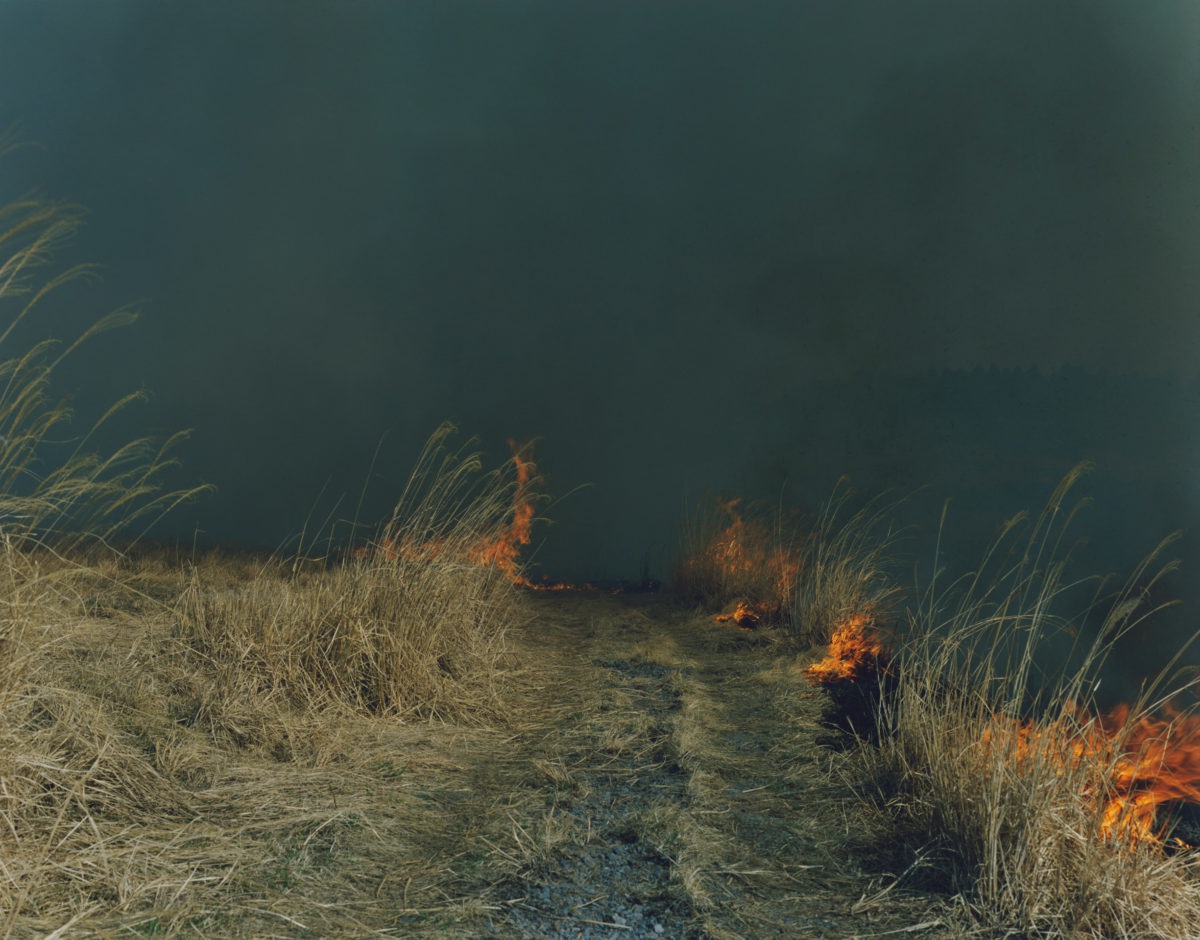 Conceptual Depth: Beyond mere aesthetics, fine art photography often explores complex themes and ideas. Whether addressing social issues, exploring the passage of time, or reflecting on the human condition, fine art photographs invite viewers to ponder the deeper meaning behind the image.
Conceptual Depth: Beyond mere aesthetics, fine art photography often explores complex themes and ideas. Whether addressing social issues, exploring the passage of time, or reflecting on the human condition, fine art photographs invite viewers to ponder the deeper meaning behind the image.Types of Fine Art Photography
Within the realm of fine art photography, there exists a myriad of styles and genres, each offering its own unique perspective on the world. Some popular types of fine art photography include: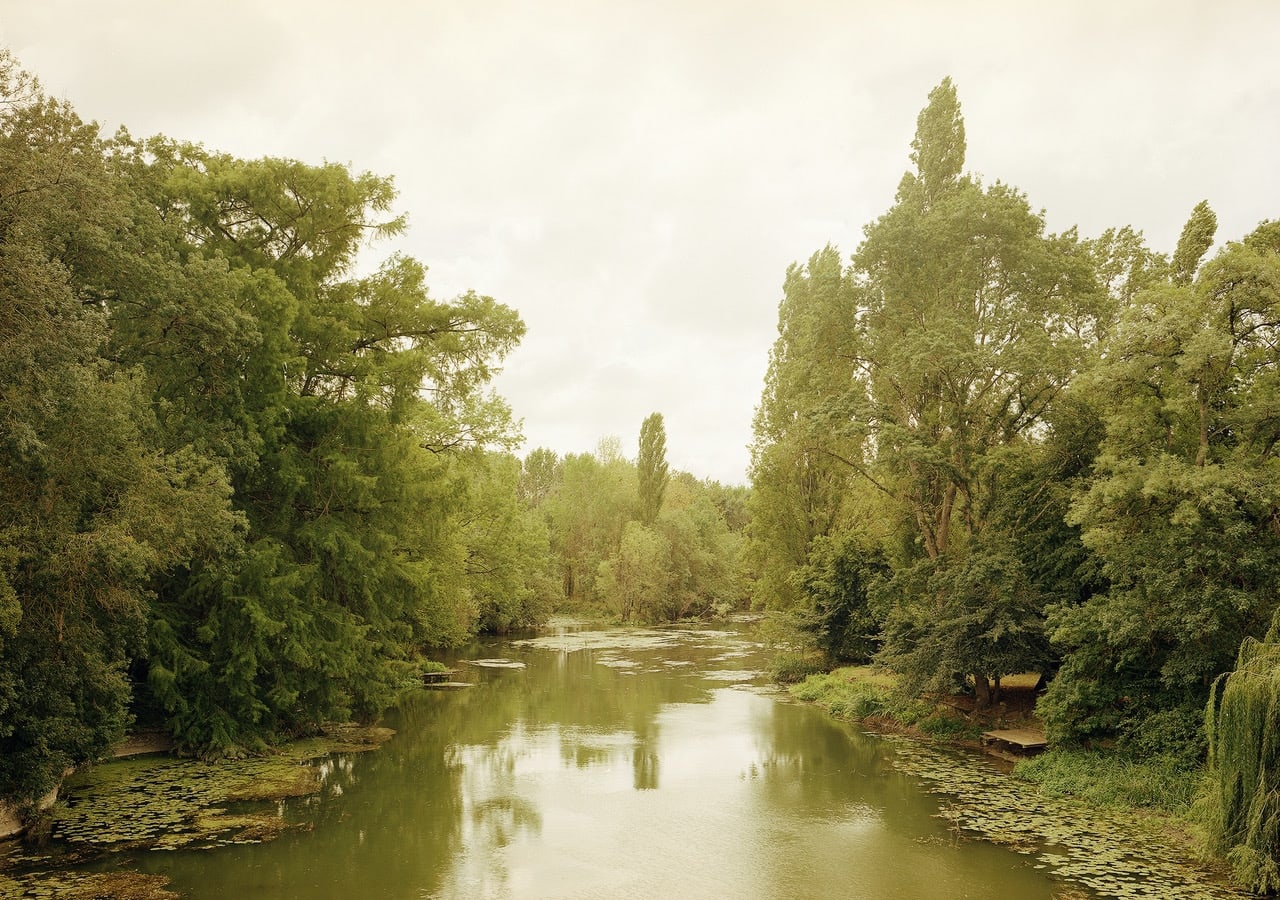 Landscape Photograph: Capturing the beauty of the natural world, landscape photography celebrates the vastness of the outdoors and the ever-changing interplay of light and shadow.
Landscape Photograph: Capturing the beauty of the natural world, landscape photography celebrates the vastness of the outdoors and the ever-changing interplay of light and shadow.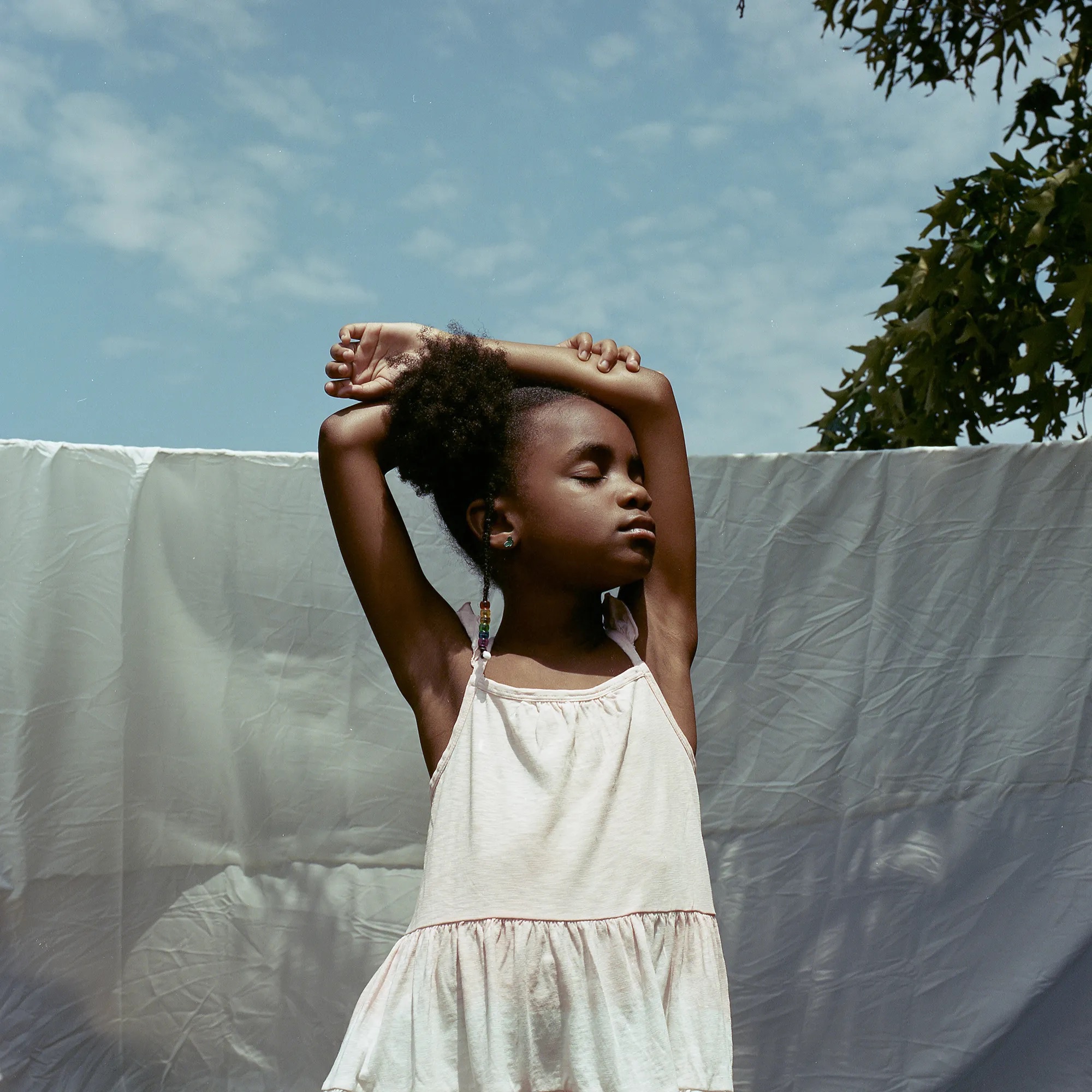 Portrait Photography: From intimate character studies to surreal conceptual portraits, portrait photography explores the complexities of human expression and identity.
Portrait Photography: From intimate character studies to surreal conceptual portraits, portrait photography explores the complexities of human expression and identity. Abstract Photography: Abstract photography challenges conventional notions of reality, using shape, form, and color to create images that are open to interpretation and invite viewers to explore the realm of the imagination.
Abstract Photography: Abstract photography challenges conventional notions of reality, using shape, form, and color to create images that are open to interpretation and invite viewers to explore the realm of the imagination.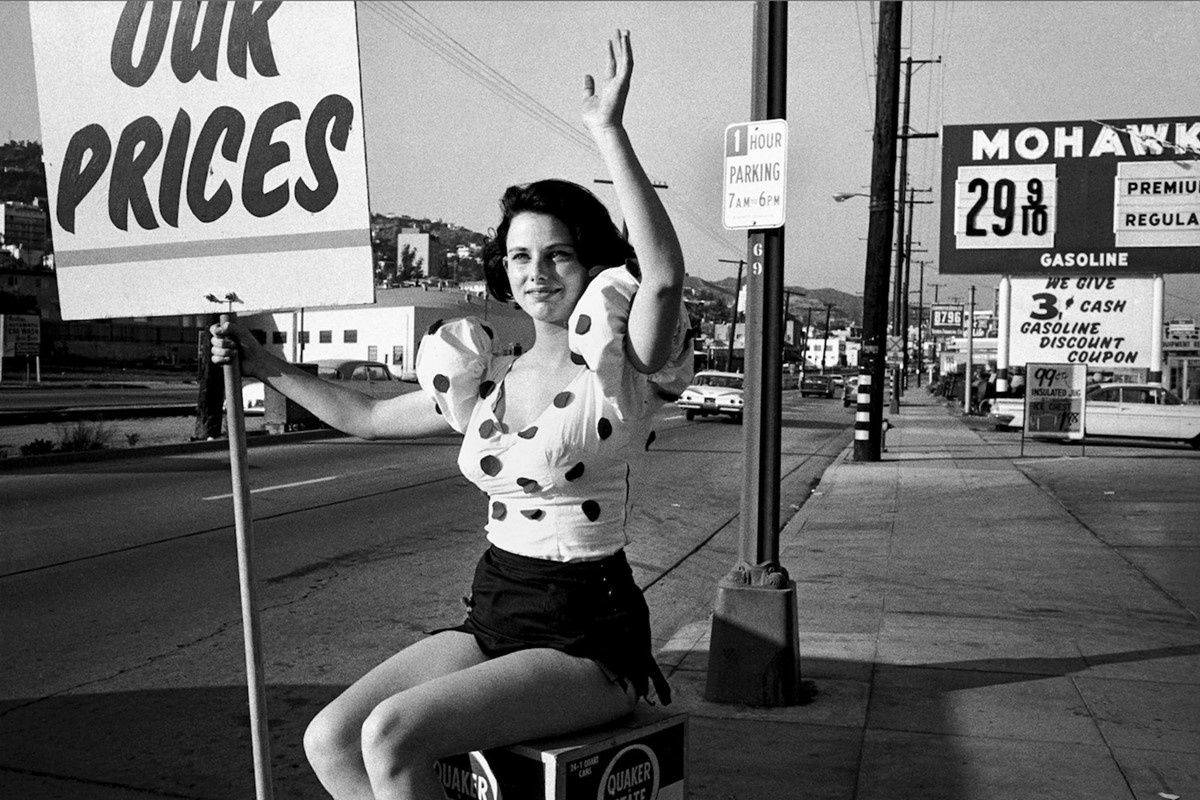 Street Photography: Documenting the urban landscape and the people who inhabit it, street photography offers a candid glimpse into everyday life, capturing fleeting moments of beauty and drama.
Street Photography: Documenting the urban landscape and the people who inhabit it, street photography offers a candid glimpse into everyday life, capturing fleeting moments of beauty and drama.In Conclusion
Fine art photography is a rich and diverse genre that celebrates the boundless creativity of the human spirit. Through the skillful use of composition, lighting, color, and concept, fine art photographers transform ordinary scenes into extraordinary works of art, inviting viewers to see the world through fresh eyes. Whether capturing the beauty of nature, exploring the depths of human emotion, or challenging societal norms, fine art photography has the power to inspire, provoke, and captivate audiences around the world. -
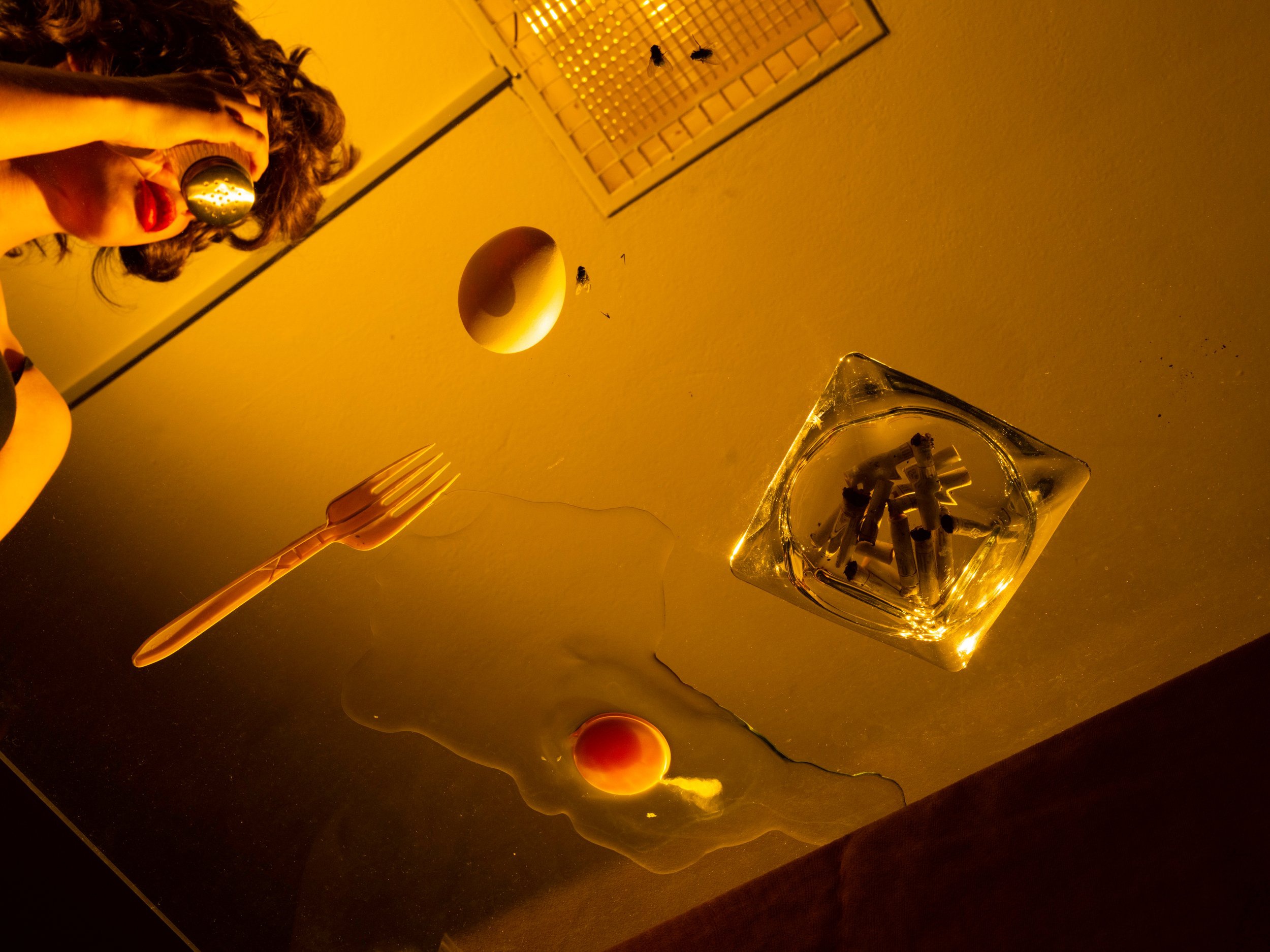
Unveiling the Artistry of Photography
In the vast realm of visual arts, photography stands as a medium that uniquely captures moments in time, weaving stories, and evoking emotions through the lens. This essay delves into the essence of photography as a visual art form, exploring its diverse manifestations, artistic intricacies, and the creative endeavors of practitioners within the realm of fine art photography.What is Photography?
At its core, photography is the art and science of capturing images using light-sensitive materials or digital sensors. It enables individuals to freeze moments in time, preserving fleeting emotions, and immortalizing scenes that might otherwise be lost to memory. Since its inception in the early 19th century, photography has evolved from a novelty to a ubiquitous form of expression, permeating every aspect of modern life.What Type of Visual Art is Photography?
Photography occupies a unique space within the realm of visual arts, straddling the line between documentation and artistic expression. While some may view it purely as a technical skill or a means of recording reality, others recognize its capacity for creative interpretation and visual storytelling. Indeed, photography encompasses a spectrum of styles and approaches, ranging from documentary and photojournalism to conceptual and fine art photography.What is the Art of Photography?
The art of photography lies in the ability to transcend mere representation and imbue images with meaning, emotion, and aesthetic appeal. Fine art photographers, in particular, harness the medium's expressive potential to create evocative works that provoke thought and stir the soul. Through careful composition, lighting, and subject selection, they transform everyday scenes into captivating visual narratives, inviting viewers to engage with the image on a deeper level.What Do You Do in Art Photography?
In the realm of art photography, practitioners engage in a variety of creative endeavors, each guided by their unique vision and artistic sensibilities. Some may specialize in capturing the beauty of the natural world through landscape photography, while others explore the complexities of human emotion and identity through portraiture. Abstract photographers push the boundaries of perception, using shape, color, and texture to create images that challenge conventional notions of reality. Street photographers document the vibrancy and diversity of urban life, capturing candid moments of beauty and drama amidst the chaos of the city streets.Examples of Fine Art Photography
Fine art photographers draw inspiration from diverse sources, ranging from the beauty of the natural world to the intricacies of human emotion and experience. Ansel Adams, renowned for his breathtaking landscapes of the American West, exemplifies the mastery of light and composition in landscape photography. Diane Arbus, known for her haunting portraits of marginalized individuals, delves into the depths of human psyche and identity. In the realm of abstract photography, artists like Man Ray and László Moholy-Nagy explore the interplay of light and form, creating images that blur the boundaries between the tangible and the abstract.Types of Fine Art Photography
Within the realm of fine art photography, various genres offer unique opportunities for creative expression. Landscape photography celebrates the beauty of the natural world, capturing the majesty of mountains, forests, and oceans. Portrait photography delves into the complexities of human emotion and identity, offering intimate glimpses into the lives of individuals. Abstract photography challenges viewers' perceptions, inviting them to explore the realm of the imagination through shape, color, and texture. Street photography documents the pulse of urban life, capturing fleeting moments of beauty and drama amidst the hustle and bustle of the city streets.In conclusion, photography is a multifaceted visual art form that transcends mere documentation to become a powerful tool for creative expression and storytelling. Fine art photographers harness the medium's expressive potential to create images that provoke thought, evoke emotion, and inspire wonder. Through careful composition, lighting, and subject selection, they transform ordinary scenes into extraordinary works of art, inviting viewers to see the world through their eyes. -
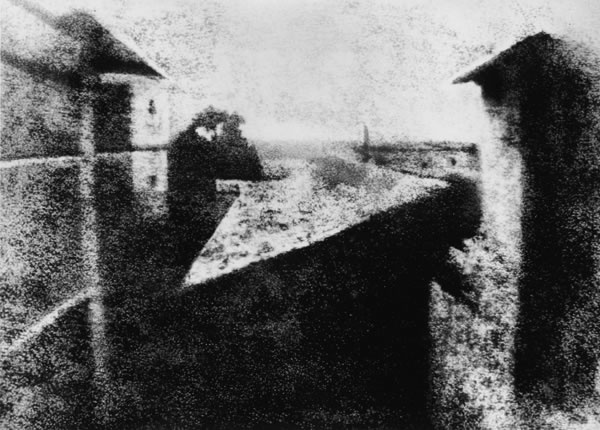
RECAP: What is Considered Fine Art Photography?
Fine art photography, in short, is photography that is used as a tool for artistic expression. This can be in many ways through trying to capture a narrative, taking photographs with an aesthetic in mind, or experimenting with techniques and equipment for arts sake.As a fine art photography gallery, we spend a lot of time discussing famous and emerging fine art photography, the art of fine art photography extends back further than you may expect Early examples of fine art photography can also be seen during times of conflict The tintype process used during the American Civil War was not only reserved for portraits. Many photographers both known and unknown created landscapes of the battlefields, major cities, and other facets of the war. While these photographs document a time and place, there is an expressive nature to them. Known as one of the most famous Civil War photographers and the father of photojournalism, Matthew Brady documented all aspects of the war. However, his photos were not simply representational photographs. There is careful consideration to composition, perspective, and subject; a hint towards something more expressive rather than representative.The first fine art photography emerged in the Victorian era and examples can be seen through photographers from this time period.If the start of fine art photography had to be defined in a person, Oscar Gustave Rejoinder could be considered as the father of fine art photography. We’ve gone a bit into this topic in this article, but here is an excerpt:Who is the Father of Fine Art Photography?
While the early roots of the medium were defined with the need to capture and document, many photographers sought to use their practice as a form of self-expression. They drifted from the representational aspect of photography that was en vogue at the time and shifted their attention to photography as a tool akin to a painter’s brush. Fine art photography itself can be traced as early as the Victorian era of the United Kingdom, notably to artists such as Julia Margaret Cameron and Oscar Gustave Rejoinder amongst others.Victorian era photographers created images that subverted the perceived “visual honesty” that was attached to the photographic medium at the time. The photographs of Julia Margaret Cameron were infused with spiritual imagery such as angel wings and foliage backgrounds that frame her human subjects as individuals that were part of a natural world. She posed her subjects in a manner that broke free from the stillness and rigidity that one typically thinks about when thinking of older photographs. While she did photograph mainly human subjects, her artistic practice took her a step away from normal portraiture. The earliest example of fine art photography is the two ways of life (1857) by Oscar Gustave Rejoinder, making him often considered the father of fine art photography. Oscar Gustave Rejoinder’s photographs placed the subject’s gaze away from the lens and towards something beyond. The poses his subjects take have a repetitiveness that echo the manner in which Johannes Vermeer would utilize the same window and poses for his own subjects. It is these subtle nuances and intentions that these photographers have chosen to take when making their work that set them apart from a normal photographic portraitist at the time.Overall, as is the case with determining who is “the best fine art photographer”, there is no definitive answer to “who is the world’s best photographer”. Best is a term that is subjective. Each and every individual will have their own thoughts and opinions on what and who they deem is the best.There have been many inventions of photography to revolutionize the medium. In short, since the advent of the photographic process through scientific innovation and breakthroughs by Nicéphore Niépce, Louis Daguerre, William Henry Fox Talbot, and George Eastman, photography has always had a presence within our daily lives. Photography’s popularity began to boost during the Industrial Revolution. With the daguerreotype process at its peak, society’s middle class fueled a demand for portrait photography. Soon after, the collodion process, especially the tintype, became the primary photographic method. The tintype had a pivotal role in documenting the American Civil War as well as the westward expansion of the United States. Ultimately, the invention of camera film by George Eastman in 1884 proved to be the pinnacle of analogue photography. The advent of a convenient and relatively inexpensive photographic process made photography itself accessible to the masses. This boost in accessibility and popularity would go on to spawn photography’s Modern Era.There have been many types of fine art photography that have stemmed from the Modern era:
-
Portrait Photography
-
Staged Photography
-
Process-Focused Photography
-
Documentary/Street Photography
-
Commercial Photography
…and many more. -
-
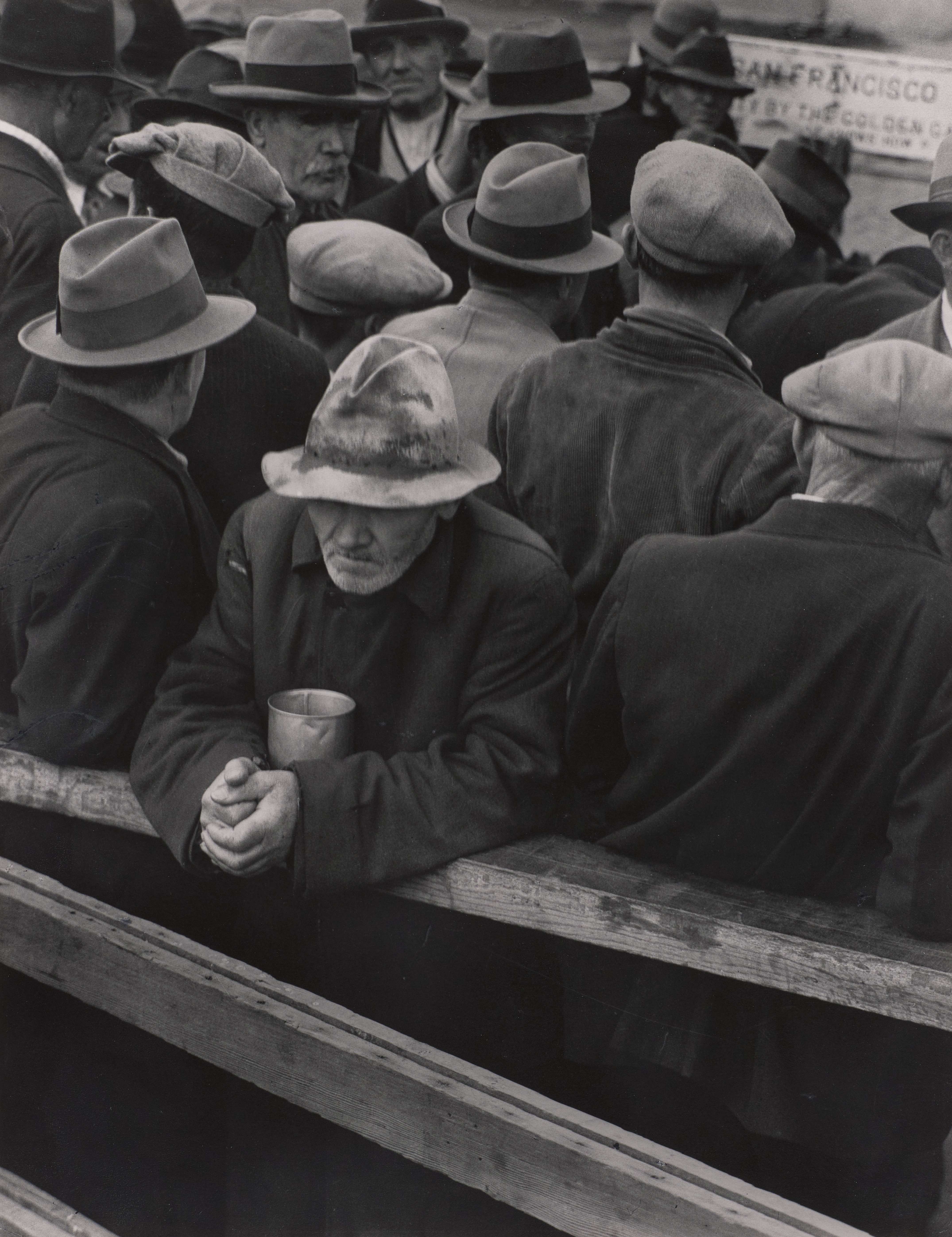 Who is the best fine art photographer? While most statements that can be made about what makes quality fine art photography and fine art in general are inherently subjective, ROSEGALLERY has seen our fair share of photographers over the years. There may not be one single fine art photographer who can be definitively noted as the best fine art photographer, but there are a number of famous fine art photographers who have been shown at the gallery over the years who are certainly amongst the best.
Who is the best fine art photographer? While most statements that can be made about what makes quality fine art photography and fine art in general are inherently subjective, ROSEGALLERY has seen our fair share of photographers over the years. There may not be one single fine art photographer who can be definitively noted as the best fine art photographer, but there are a number of famous fine art photographers who have been shown at the gallery over the years who are certainly amongst the best.Who is the Father of Fine Art Photography?
While the early roots of the medium were defined with the need to capture and document, many photographers sought to use their practice as a form of self-expression. They drifted from the representational aspect of photography that was en vogue at the time and shifted their attention to photography as a tool akin to a painter’s brush. Fine art photography itself can be traced as early as the Victorian era of the United Kingdom, notably to artists such as Julia Margaret Cameron and Oscar Gustave Rejoinder amongst others.Victorian era photographers created images that subverted the perceived “visual honesty” that was attached to the photographic medium at the time. The photographs of Julia Margaret Cameron were infused with spiritual imagery such as angel wings and foliage backgrounds that frame her human subjects as individuals that were part of a natural world. She posed her subjects in a manner that broke free from the stillness and rigidity that one typically thinks about when thinking of older photographs. While she did photograph mainly human subjects, her artistic practice took her a step away from normal portraiture. The earliest example of fine art photography is the two ways of life (1857) by Oscar Gustave Rejoinder, making him often considered the father of fine art photography. Oscar Gustave Rejoinder’s photographs placed the subject’s gaze away from the lens and towards something beyond. The poses his subjects take have a repetitiveness that echo the manner in which Johannes Vermeer would utilize the same window and poses for his own subjects. It is these subtle nuances and intentions that these photographers have chosen to take when making their work that set them apart from a normal photographic portraitist at the time.While this particular photograph is housed by the Metropolitan Museum of Art (the MET), ROSEGALLERY has housed many Modern examples of fine art photography, including the work of Dorothea Lange.Dorothea Lange is one of the most famous American fine art photographers. Lange is widely known for her Migrant Mother and White Angel Breadline images, taken during her time taking photographs for the United States’ Farm Security Administration. While documentary photographs at the time, they have aged to become more than just that. They are a snapshot of an era, each image is charged with the melancholic air of the Great Depression. They speak beyond simple documentation and have inspired many others to not just document, but to create and express.Who is the World’s Best Photographer in 2023?
Although Rejlander and Lange are great examples of much earlier and Modern fine art photography, there are many photographers both Modern and Contemporary who have proven to be culturally popular. We have come up with a list of fine art photographers who have been some of our top selling fine art photographers over the years:
-
Graciela Iturbide
-
Bruce Davidson
-
Evelyn Hofer
-
William Eggleston
Examples of some of our most up-and coming and well-established contemporary fine art photographers include:-
Rinko Kawauchi
-
John Chiara
-
Kennedi Carter
-
Tania Franco Klein
Overall, as is the case with determining who is “the best fine art photographer”, there is no definitive answer to “who is the world’s best photographer”. Best is a term that is subjective. Each and every individual will have their own thoughts and opinions on what and who they deem is the best.Subjectivity aside, there are many ways to determine popular and culturally influential photographers. Those photographers such as Dorothea Lange, William Eggleston, Graciela Iturbide, and Bruce Davidison, amongst others, have had (and some still have) long and successful careers. Their works and practice have influenced the genre and medium of photography as a whole. In regards to newer and Contemporary photographers, their popularity and success can still be measured through the work and influence that they are having with our society today. Photographers such as Rinko Kawauchi and Kennedi Carter are creating bodies of work that are reaching a wide audience due to their skill and subject matter. -
-
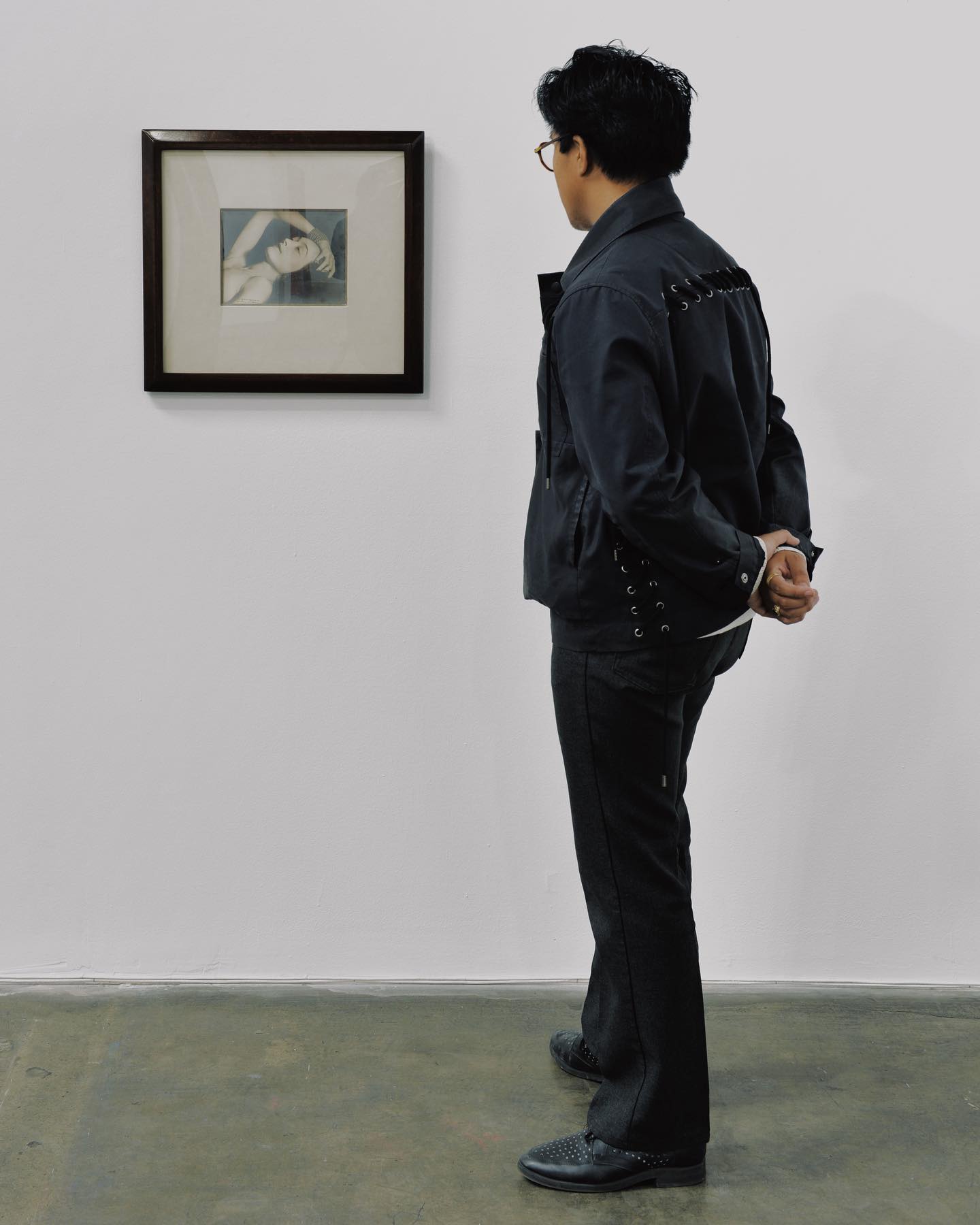 When one begins to collect fine art, one question seems to arise: Is there money in fine art photography?As a fine art photography gallery that has operated for over 30 years, ROSEGALLERY has been a significant presence in the fine art photography market. In short - the answer is YES - there is absolutely money in fine art photography. However, we would like to unpack some of the most commonly asked questions we get surrounding the business of fine art photography from new fine art photography collectors and enthusiasts.
When one begins to collect fine art, one question seems to arise: Is there money in fine art photography?As a fine art photography gallery that has operated for over 30 years, ROSEGALLERY has been a significant presence in the fine art photography market. In short - the answer is YES - there is absolutely money in fine art photography. However, we would like to unpack some of the most commonly asked questions we get surrounding the business of fine art photography from new fine art photography collectors and enthusiasts.Question 1: Do people buy Fine Art photography?
For those who have yet to collect or purchase fine art photography, or even fine art in general, the first question they often have is - Do people buy fine art photography? The answer to this is yes! So many more people collect fine art photography than you may expect - for those who have yet to look into beginning their collection, it can feel out of reach. However, established collectors with large bodies of work are only a small slice of who buys fine art photography. Over our 30 years in business, ROSEGALLERY has sold works to major institutions such as the J. Paul Getty Museum, Los Angeles County Museum of Art, Museum of Fine Arts, Houston, and the National Portrait Gallery in Washington, D.C. amongst many others. We have also sold to many major private collections reminiscent of what you may think of as a typical collector, such as that of Michael G. Wilson, whose extensive collection makes up the Wilson Center for Photography. However, many of our sales are to people who are newly starting our collection, both local, across the country, and internationally, and many of our clients are first-time buyers who simply fell in love with a photograph.Question 2: Is Fine Art photography a good investment?
Fine art photography is a great investment as it serves you in two ways - it often appreciates and becomes a valuable asset. The work of many modern photographers have bee For example, Artist Man Ray holds the record for the most expensive photograph sold, with his work “Le Violin d’Ingres'' selling for $12.4 million dollars in 2022. This recent sale showcases photography’s relevance as an art form and its legitimacy as both a monetary and cultural asset.However, it is also valuable in the sense that it is a tangible investment that brings you enjoyment. Many collectors are very enthusiastic about art and have started their collections purely off their own interest and enjoyment of the arts. As a collector, you directly support and help an artist’s career when investing in their work.Question 3: What type of Fine Art photography sells best?
Many people also come to us wondering which type of photography is in highest demand? And what type of photography actually sells best? The answer to this is not so straightforward. Though many of our up-and-coming contemporary artists have gained significant press and seen an increase in value in recent years, what people gravitate towards is as varied as the people who walk through our doors. There are many types of fine art photography that fits the interests of numerous individuals. Just like there is no one type of collector, there is no saying what sells best because everyone has a niche that excites them most!While photographs sell at blue-chip galleries and numerous fine art auction houses, the fine art photography market is still very much accessible. ROSEGALLERY is home to many photographers such as Graciela Iturbide, Kennedi Carter, Jo Ann Callis, Tania Franco Klein, and Martin Parr amongst many others. Galleries like our own are what make up the heart of the fine art photographic market. These galleries are spaces where one can view both emerging contemporary photographs as well as those made by artists of the early 20th Century such as Manuel Alvarez Bravo and Dorothea Lange.To learn more about beginning your collection, please reach out to us personally, and let us know you would like to learn more!Another way of purchasing art is with Art Money. We partner with Art Money to make art more accessible. Art Money empowers people to buy art, supporting artists, galleries and a sustainable creative economy. We provide a commission enabling the no interest business model. In return, we get paid immediately, the artist gets paid, you take your art to enjoy now and pay over time. Win win. Click here to find out more. -
Striking and Surreptitious Photos That Capture the Grit of Pennsylvania in the ’70s
